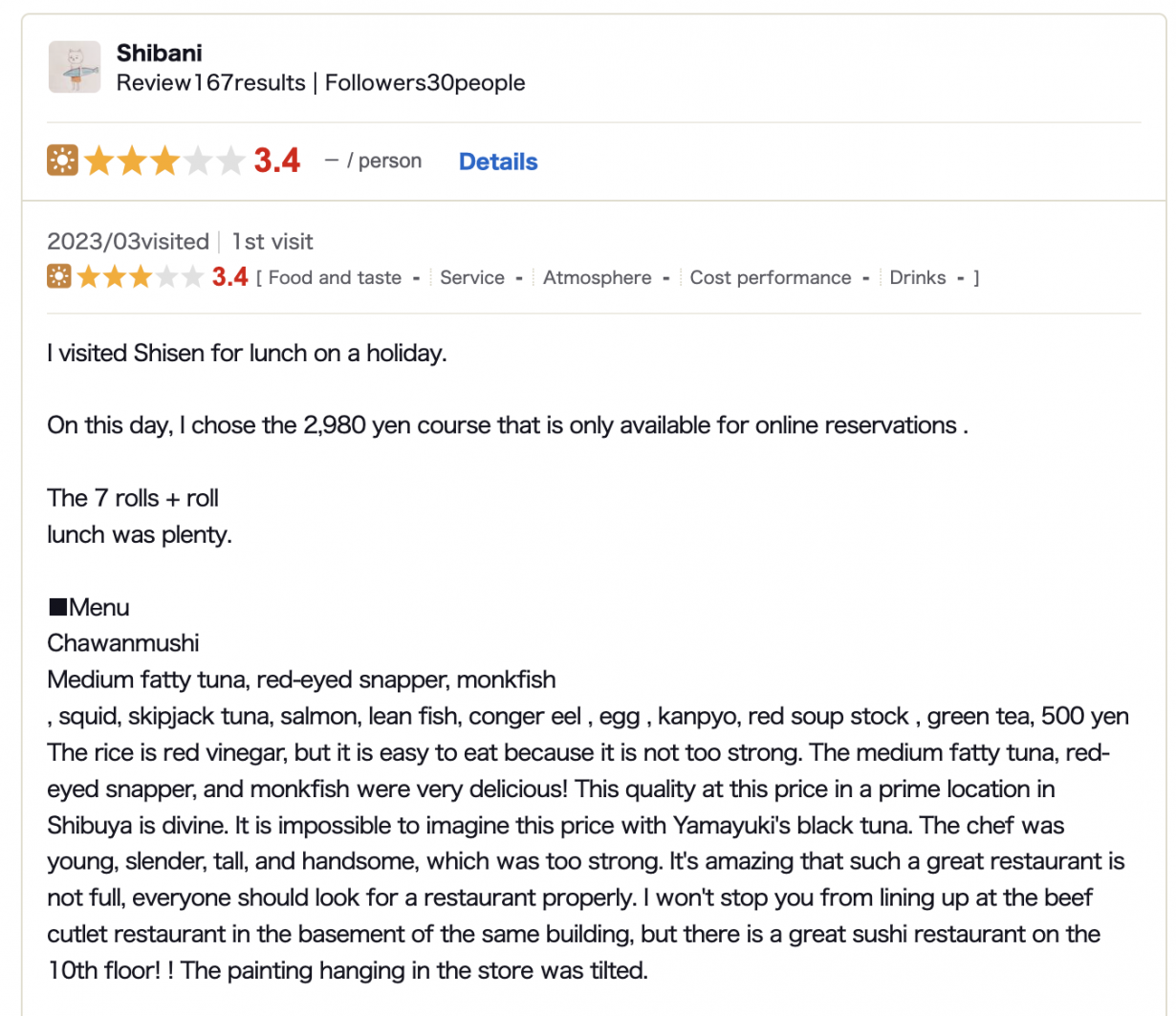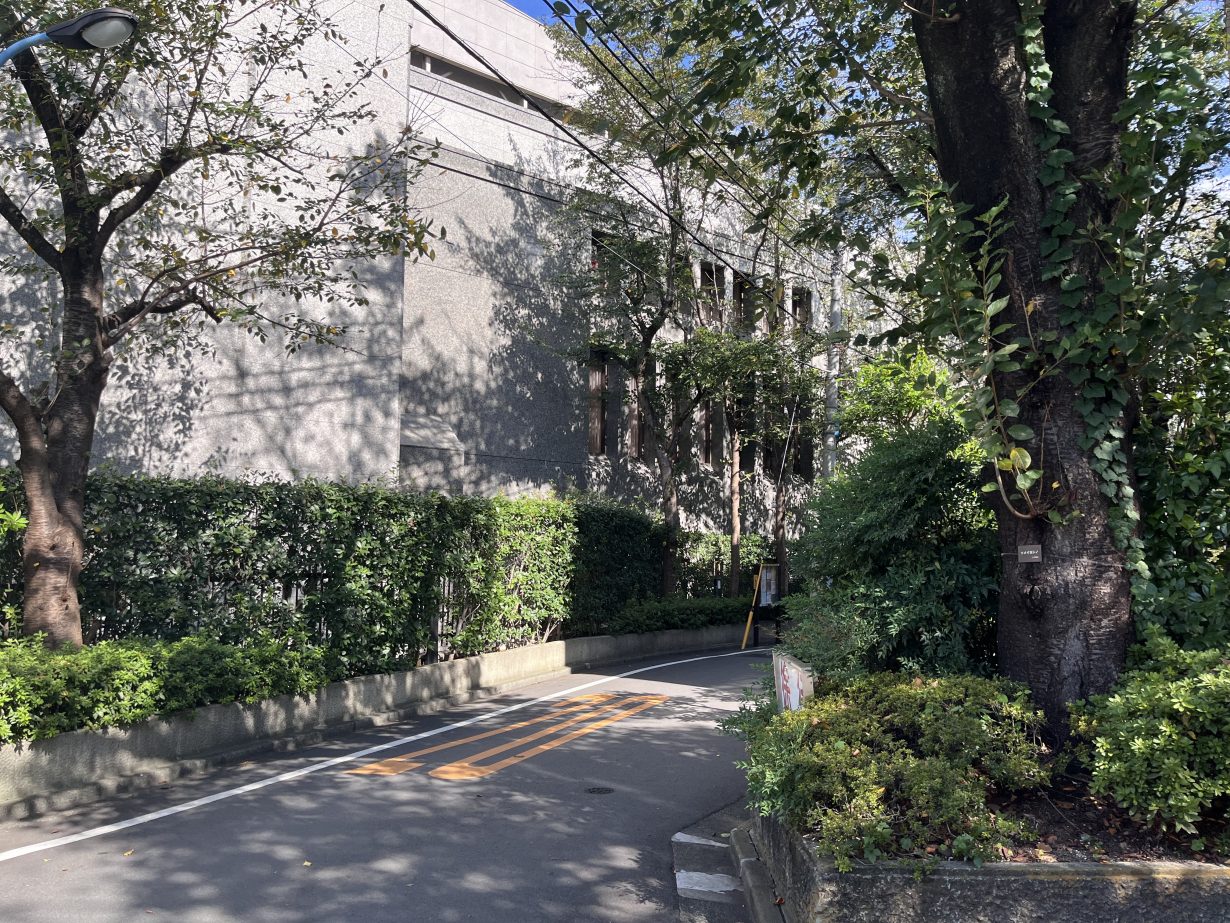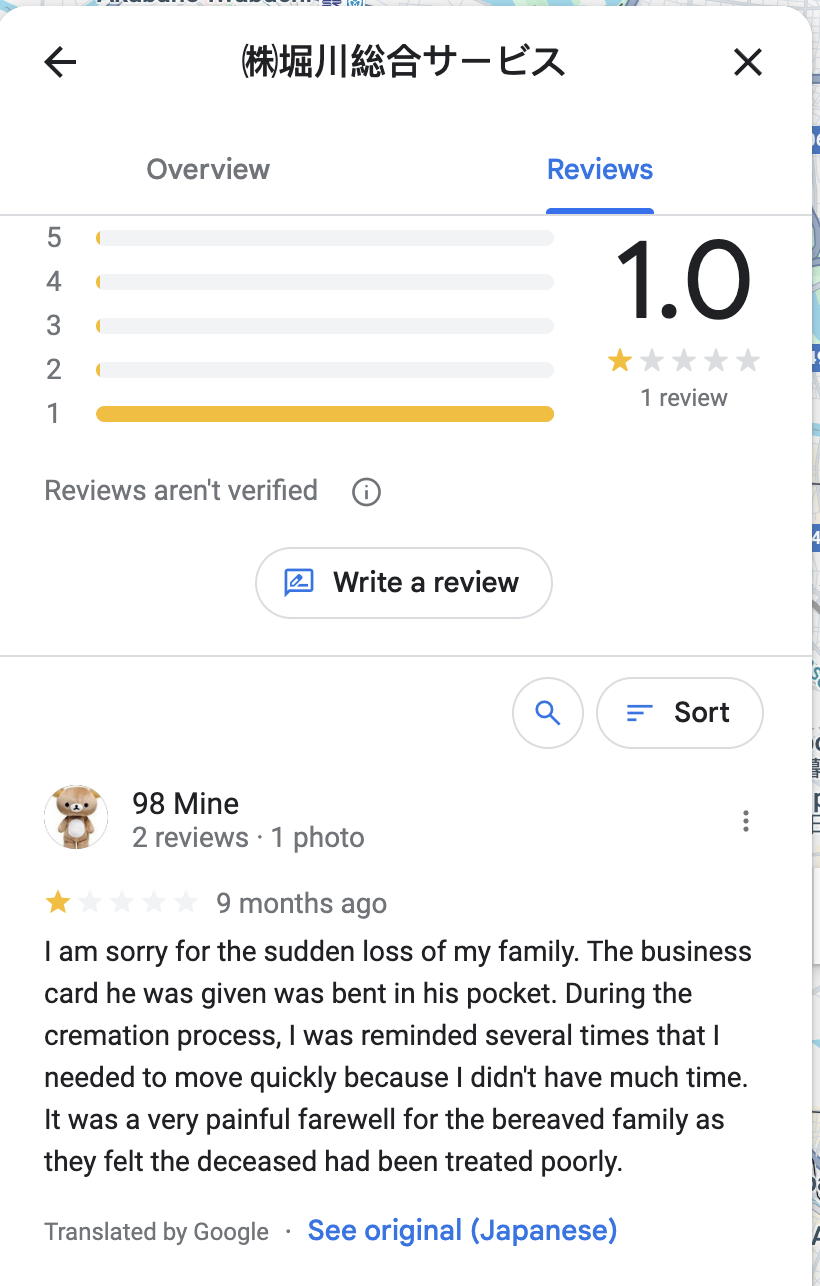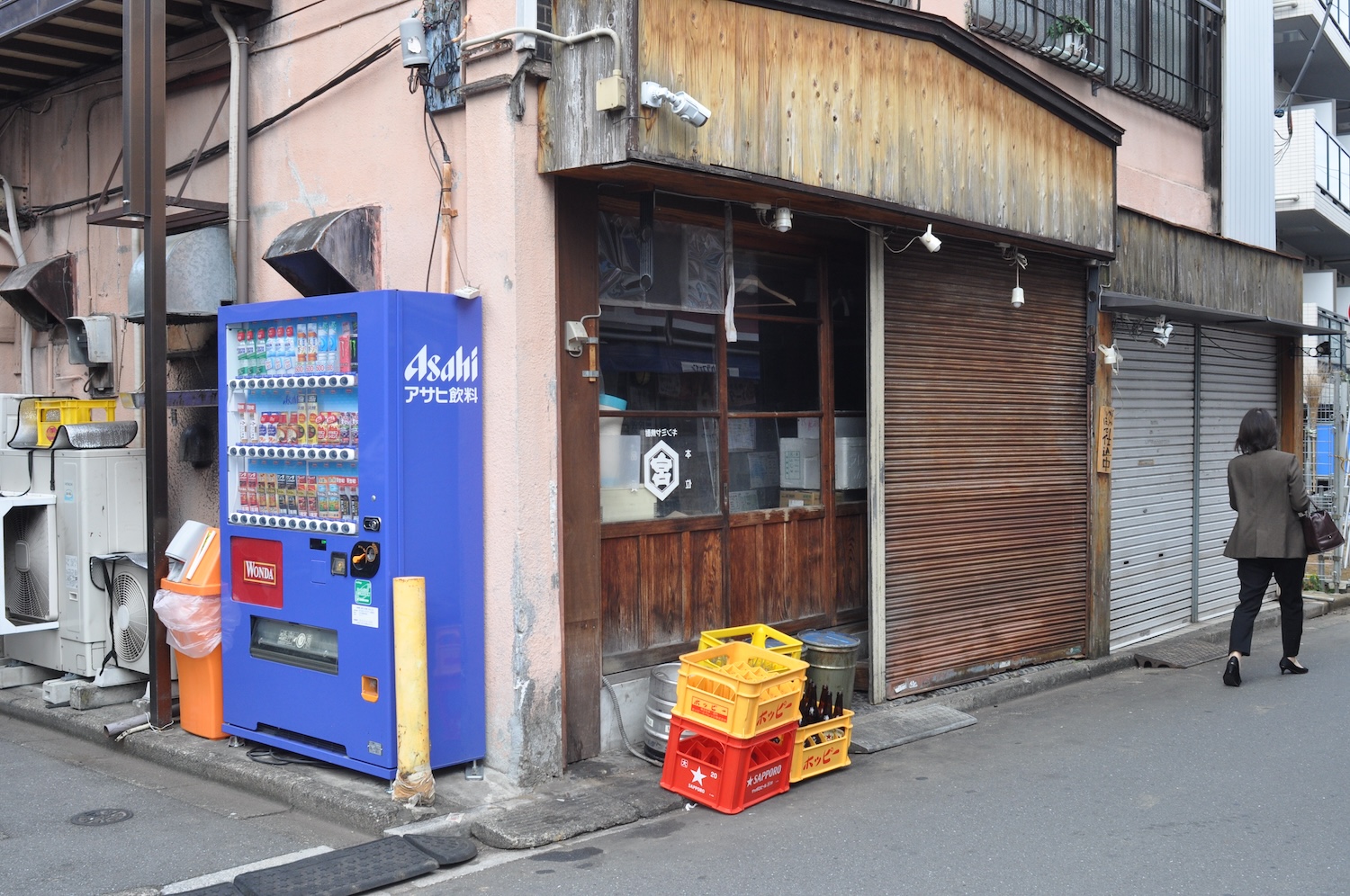Whether review culture symbolises the democratisation of taste or the demise of expertise, it’s too late to turn back to a time before everyone was a critic
As an expat living in Tokyo, I’m expected to provide all kinds of local wisdom when friends (and cousins and former colleagues of former college friends) come to town. There are a number of rote tips I rattle off to well-meaning hipster tourists thirsty for some semblance of an ‘authentic’ experience in this city that’s been thoroughly picked over by influencers and vloggers, but there’s one that takes so much explanation that I sometimes hesitate to give it: never trust the Google reviews.
4.5 stars for conveyer belt sushi in Shibuya? Useless. 4.8 stars for a Tokyo station izakaya with an English menu? Better off just getting in a random line on the street.
This is not simply, as it may seem, a comment on the inferior tastes of tourists; it reflects a clash of review cultures. Japanese reviewers do not give 5 out of 5 stars for a service or establishment that is good. If it’s solid, it gets a 3. If it’s really good, it gets a 4. Nothing gets a 5. Japanese reviewers grade harshly on dimensions of service, cleanliness, ‘cosu pa’ or ‘cost performance’, the etiquette of other customers. At a soba shop near my house, low stars are given for the colour of the tempura (black), the smell (ammonia) and the presence of ashtrays (one for each table). On Tabelog, a Japanese Yelp for restaurants, if I see 3.49 stars, it gives me a little thrill. A typical review might read something like, ‘Food was super delicious. Perfect night. The server had messy hair. 2 stars.’ It’s why Shake Shack has 4.5 stars on Google and the best udon you’ve ever had in your life has 3.8: tourists love grade inflation.
For this Vietnamese–American raised on New York bagels and pizza, further nuances and dialects are required to interpret the language of local reviews. When I moved to my current apartment and needed to find a reliable neighborhood bakery, I looked askance at the mostly Japanese reviews on Google maps. The Japanese palate favours soft and bouncy fuwa fuwa textures – nobody is on the hunt for a crusty sourdough or a crackling baguette. (To my dismay, the search for good bread is still ongoing, six months later.) Similarly, Japanese spice tolerance has got to be one of the lowest in Asia, with employees trained to ask if customers are OK with wasabi, and whether they want their curry ‘spicy’ or ‘Japanese spicy’.

Our world of apps, algorithms and e-commerce is heavily saturated with user-generated reviews. Whether 5-star review culture symbolises the democratisation of taste or the demise of expertise, it’s too late to turn back to a time before everyone was a critic. But contending with bots, click farms, incentivised reviews, not to mention all those people – like me – who only leave reviews for excellent or awful experiences, how do we make sense of this abundance of text? When criticism is aggregated and flattened to a scale of five yellow stars, meaning breaks down.
Every platform has its own internal language and culture. A 2021 study found, for example, that Google Maps restaurant reviews are on average 0.7 stars higher than those on Yelp. Uber and other peer-to-peer rating systems are susceptible to what researchers call ‘reputation inflation’, in which users leave 5 stars by default and dock stars only when something has gone terribly wrong.
Meanwhile the review sections for books on Amazon and Goodreads have become hotbeds for cancel culture across the political spectrum, a place where users can quickly organise to bring down books and authors. In 2017, Amazon had to delete at least 900 fake reviews from people leaving one star for Hilary Clinton’s book about the 2016 US presidential election; it got so bad that later the company instated restrictions on select controversial items so that users couldn’t leave reviews at all without a verified purchase. In subsequent years YA novels deemed racist by early reviewers and social media critics were targeted with one-star ratings on Goodreads, and multiple titles have been pulled before they ever hit the shelves.
But as one becomes more fluent in any particular system, the culture reveals itself. No longer a tourist in Japan, I find a certain ethnographic delight in plumbing the depths of sub-review cultures that remain relatively homogenous, like neighbourhood pharmacies, laundromats and tailors. I read the user-generated reviews for a nearby funeral home and crematorium like I would an art show I’ll never see – and like the best criticism, it offers a kind of artwork unto itself.


You’d think the appraisals would be full of highly sensitive and emotional reactions to how beloved family members were treated after death. Yet here in the Google reviews for this funeral home, in this very specific sliver of internet, I find a surprising number of things at work: nationalism, pastoral nostalgia, budgetary concerns, hunger, pride, grief. There is of course the requisite ‘It’s very beautiful’ with a picture of a pretty decent looking teishoku set. (3 stars.) ‘It seemed like we were being rushed, like we should hurry up and do it quickly because we have so much to do, without immersing ourselves in the sadness.’ (1 star.) One reviewer is surprised that there is nowhere to get a drink and you have to use the vending machines outside. (1 star.) There are several complaints about the bones being handled directly by the hands of the staff without gloves, and how rushed it feels, compared to the countryside, where more care and patience are given to the ceremony. A lot of comments are about where the parking is, how much it costs, where the smoking section is, and how hard the roads are to navigate. A couple of reviewers use this opportunity to give screeds against the Chinese, as the for-profit funeral home has been reportedly bought by a Chinese parent company. A few mention that imperial family members and other celebrities have been cremated here.
It turns out, once we learn to search the sweep of stars with careful eyes, patterns and stories reveal themselves. One person is only in the Google reviews to say rest in peace to their best friend of half a century.
From the November 2024 issue of ArtReview – get your copy.
